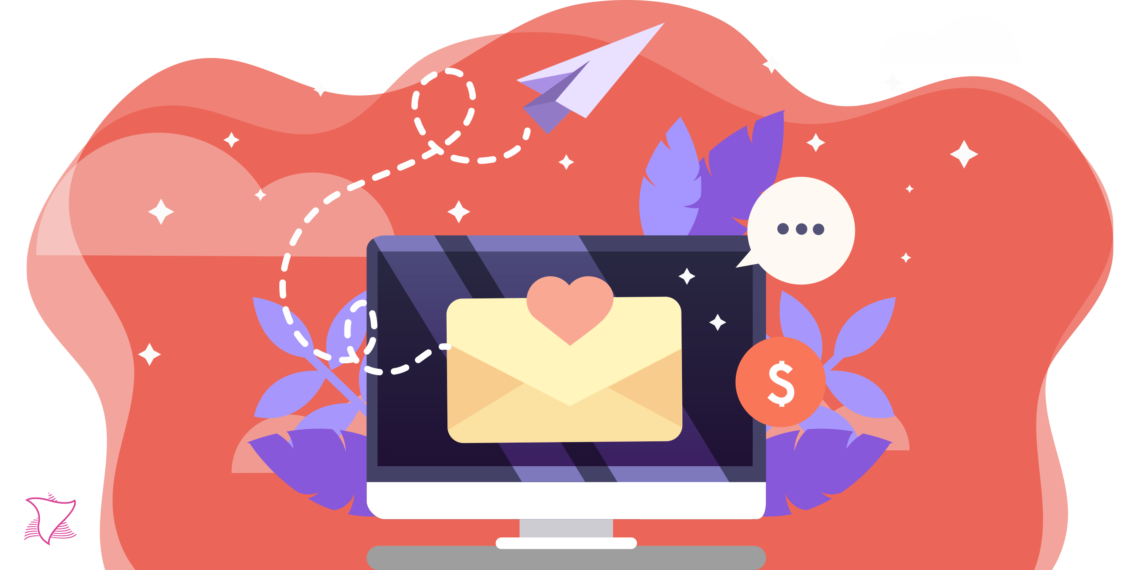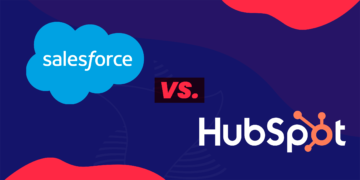If you’re a CEO, a marketing or sales professional, you know how is important to retain your brand in your client’s mind. More than selling your products and services, your communication touchpoints should develop human relationships with your clients, completely aligned with your company’s purpose. Stay in touch with us to learn some tips to improve your B2B e-mail marketing campaigns.
Even with the rise of social media, e-mail marketing is still one of the most important ways we deliver useful content online. It wins for its personalisation and automation features. In fact, the past decade brought a lot of new technologies that could take away marketers from e-mail marketing. However, e-mail marketing is still delivering the highest ROI for marketers, and it beats social media by 40 times for customer acquisition.
Every year, we got a lot of questions about the effectiveness of e-mail marketing. Moreover, stats show us this channel is stronger than ever:
- 89% of marketers use e-mail as the primary channel for lead generation
- 86% of professionals prioritize the e-mail connection
- 93% of B2B marketers use e-mail to distribute content
- 85% of marketers use e-mail for lead generation, 84% for sales, 78% for lead nurturing, and 74% for customer retention
When you’re a B2B company, with a longer sales lifecycle, relating with your leads by e-mail is a process of nurturing. But we are all familiar with that type of newsletter that wastes our time and annoys us. You need to be relevant, adapt to the moment the user will engage with your content. So, mobile-first, personalization, segmentation, dynamic content, and automation are the keywords you must have in mind when defining your campaign strategy. Check what you will learn in this article below.
Table of contents
B2B e-mail marketing tips
You also may find it different when designing a strategy for your B2B company. From the length of the buying cycle, the tone of the message, to the content or time to send, here are some tips that will boost your results, besides helping you save time and effort on implementing it.
1. Get personal, human, and relatable
After setting a clear goal and establish your audience, get your message personalized for your target. Even knowing that e-mails with the recipient’s name on the subject get 26% more chances to be opened, most people just understand personalization as addressing your target by name. But there’s a lot more you can do with your customer’s data and profiles to get your message across.
Start by collecting the right kinds of information you may need from your customers. Ask some questions when they subscribe to your e-mail campaigns, but don’t get too pushy. During your e-mail campaigns, you can complement your customer research by asking about their location, occupation, or even birthday. You can also use behavior-triggered e-mails to automate messages for customers after certain kinds of interactions. This will make your customers realize you’re paying attention to them, making them feel connected to your brand.
2. Take care about your tone
The way you speak over e-mail sets expectations for your customers. While B2C e-mails tend to grab attention for a specific moment or action, B2B messages need to foster relationships and deliver a trustworthy solution.
Make sure to answer these 3 valuable questions before you hit “send”:
1. What am I offering?
2. How it will help the reader?
3. What should the reader do next?
Assure that you’re answering these questions right. This way, you can tailor your tone to help your readers find the content useful and engaging.
3. Automate it, analyse it (and automate it again)
You’ll find it so helpful to use automation platforms for your B2B e-mail marketing campaigns, just like Pardot. Besides the fact of this kind of tool requiring less intervention, once you set up the tool, you can define specific criteria to trigger each e-mail campaign. There’s a lot of issues that you can address by automating your marketing activities. Just assure you’re ready for this process and that you make the best decision for your business.
You can use helpful automation tools to nurture your leads with relevant and engaging journeys that make sense for your sales lifecycle. This will also benefit your sales team: they can check the customer’s state of readiness to be contacted by a salesperson. With Pardot, you can score and grade your leads, understanding how they are a fit for your business.
4. Segment your audiences right
After identifying attributes in common between your customers, grouping them is the solution to assure better results.
With segmentation, you’ll be able to design customer journeys that are unique to each group. You can customize the e-mail content to influence each group to take a specific action. Sending the exact same message to your entire list of subscribers can be completely irrelevant. Find what they have in common and give them the content they’re really interested in.
5. Testing? A/B tests are mandatory
More than researching the best practices to enhance your performance on your e-mail marketing campaigns, testing is the most powerful tool to increase results. Develop A/B tests for your campaigns: subjects to images or CTAs, identify what works best for each of your specific audiences. A simple task to do, with exponential returns on your customer’s research.
How Pardot can help
Now that you already overviewed some tips that might boost your campaign s performance, you must select a tool that supports your activities. Pardot from Salesforce is a great tool to automate your B2B e-mail marketing campaigns while empowering your sales teams to close more deals. Check below some of the powerful benefits this solution can bring to your business:
1. Automate your campaigns
You can automate almost anything! From personalization of messages with dynamic content, according to your customer experience, to intelligent lead nurturing based on triggers like time, interactions, or other parameters. Get ready for a world where you connect your customers at the right time with real-time alerts regarding each action they take.
If you’re already using Engagement Studio, you can build smart automated programs to deliver better-crafted content for each reader.
2. Gather more qualified leads
Fill your sales funnel with the top-class leads you may find. Build incredible e-mail campaigns that drive engagement, taking your prospects into the advocacy state. You can easily review actions from your readers, understanding how to bring them to the next step of the sales funnel.
The scoring and grading models of Pardot give points to each lead. It happens according to each profile and its interactions with your business. This feature can help you while giving your sales team the leads that are more nurtured. At the same time, the leads that still need to be nurtured will remain to be engaged within your communication touchpoints.
3. Understand your revenue
By using Pardot, you can easily track the ROI of each e-mail campaign and on e-mail activities as a whole. Gathering this information you can easily decide which tactics, messages, or layouts work better for each of your specific audiences.
We can identify two types of data benefits that an automation solution can provide to you: qualitative and quantitative. Make sure you’re evaluating your campaigns’ ROI in the best way possible.
First of all, collect the right metrics that will allow you to make data-driven decisions. Always keep in mind that having a lot of metrics is not always the best option. Focus on what matters and what is reasonable to collect and analyze.
Most important than anything, understand that metrics will change over time. What is now important to collect can be no longer useful within a month. Re-evaluate your metrics regularly, assuring they still fit your e-mail marketing goals over time.
Now that you learned more about B2B e-mail marketing, are you ready to implement a strategy for your company? We are experts with Pardot solutions, delivering this tool to our clients. So get in touch with us if you find some questions you might need to be answered.







